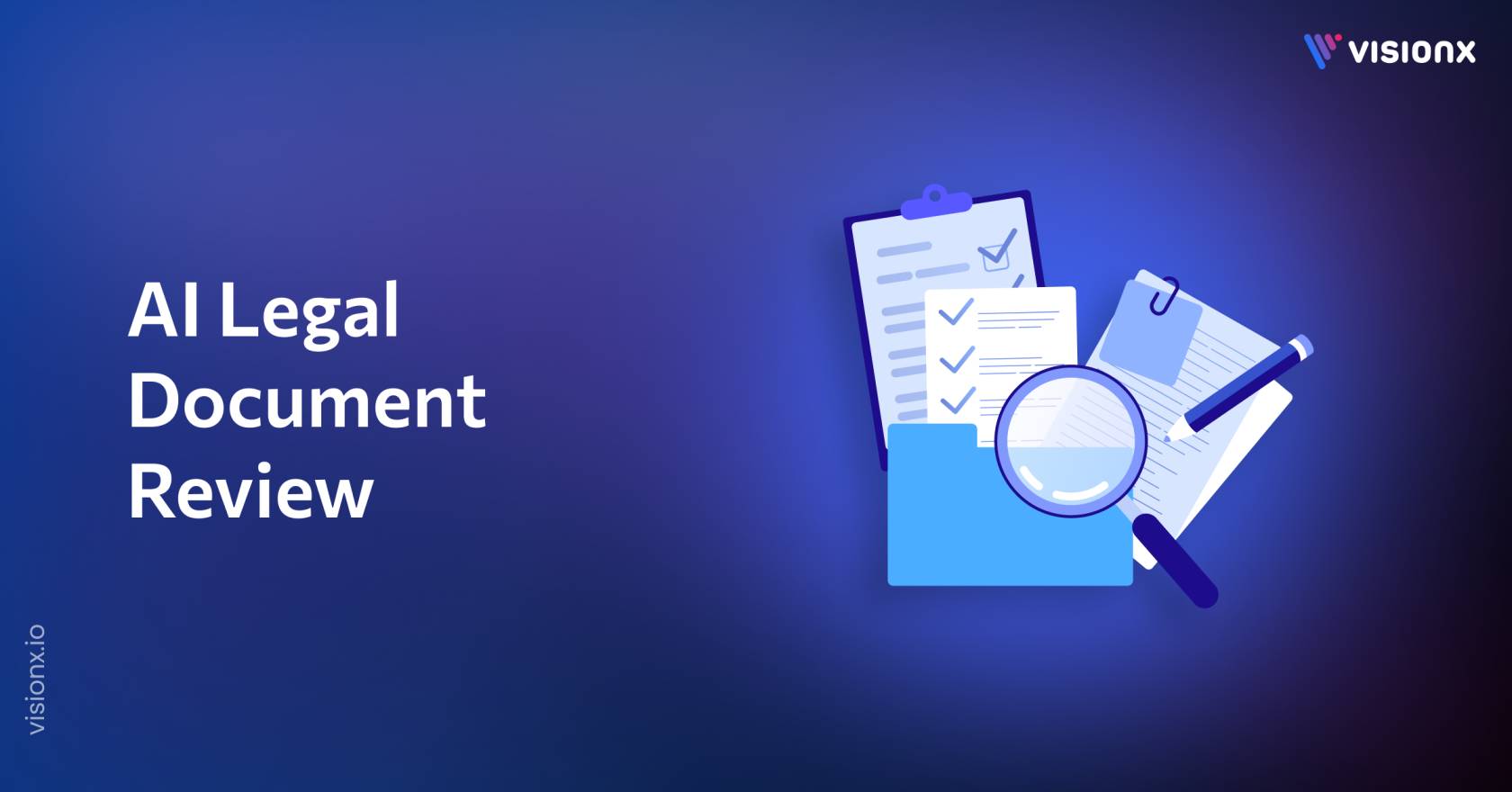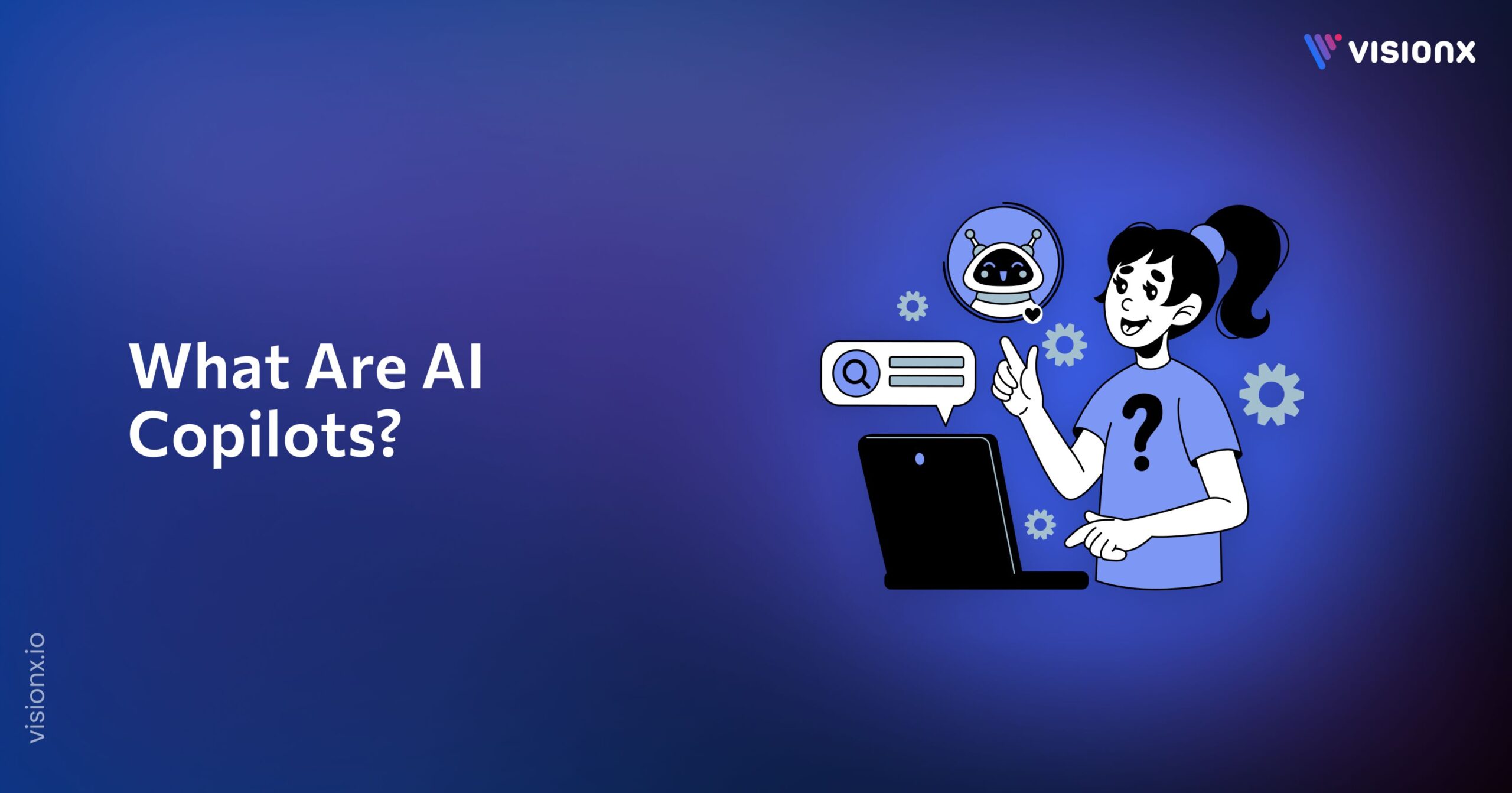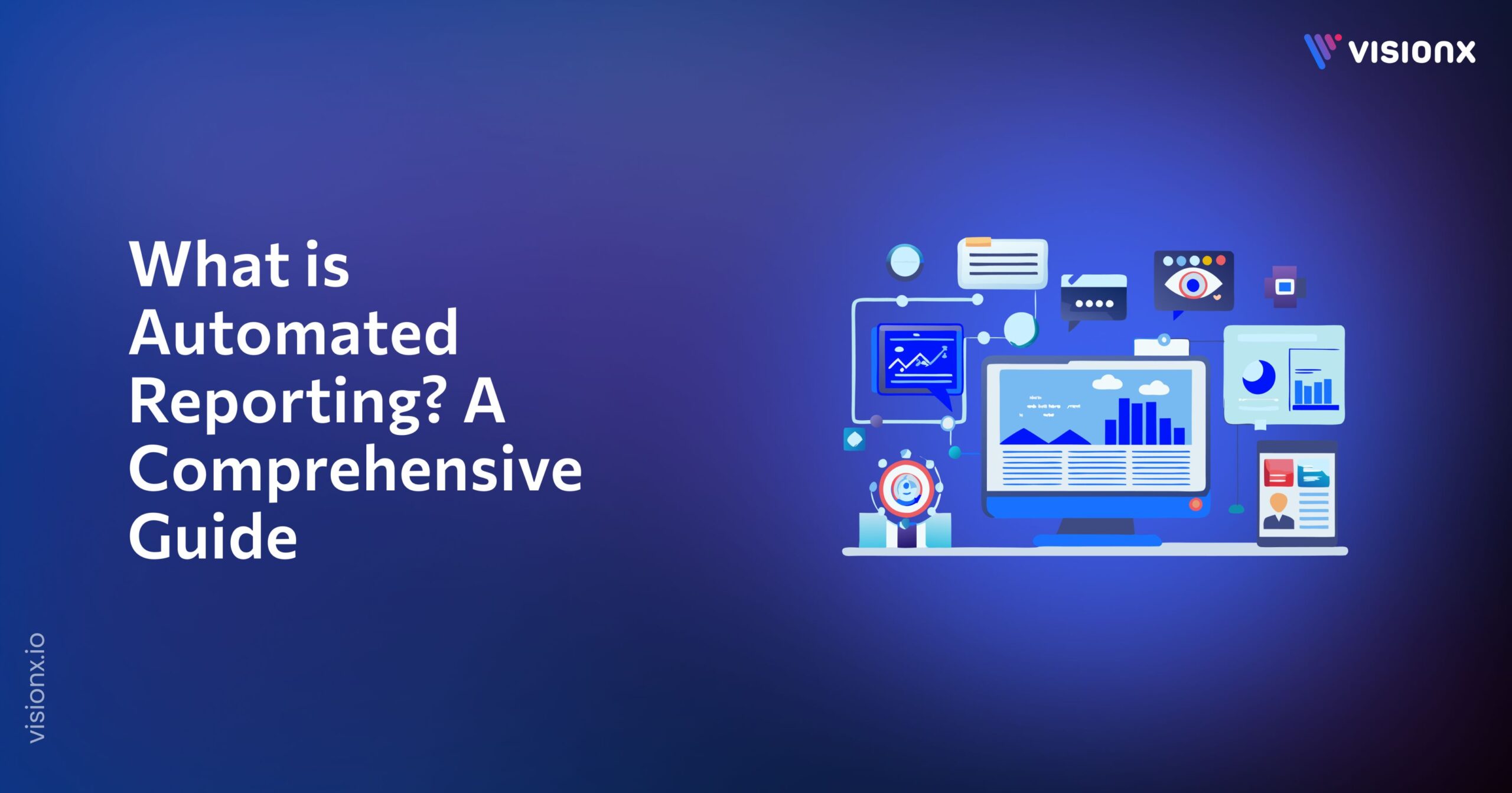Let’s be real, no lawyer loves sifting through stacks of contracts or discovery files. It feels tedious, and it costs a lot. Those late nights zooming through contracts? That sinking feeling when you think you may have missed a key clause? There’s a better way.
It turns out that nearly 45% of law firms now use AI legal document review to scan complex documents, identify anomalies, and extract key clauses faster than any human. AI cuts back on grunt work, so legal teams can zero in on strategy and client care, not chase after paperwork.
We will take a look at the capabilities of AI for document review, identify the leading tools law firms are using in 2025, and provide some straightforward steps to ensure your team’s effective usage.
What Is AI Legal Document Review?
AI legal document review refers to the application of artificial intelligence technologies, particularly machine learning and natural language processing (NLP), to automate and enhance the analysis of legal documents. Instead of flipping through documents manually, professionals can rely on these systems to read, understand, and report important information automatically.
These tools are about accuracy and speed. They sift through data, find relevant pieces, and give legal minds the insight they need to take action in a timely manner. AI is a smarter approach, whether it is contracts, compliance forms, or case evidence.
At its core, AI document review does not replace lawyers. It supports them. It cuts through the clutter and brings focus to what really matters, making the legal workflow simpler and more effective with every case.
The Tech That Drives AI Document Review
Legal document review relies on several types of AI technologies that help teams move fast and stay accurate. These include:
- Natural Language Processing (NLP) assists systems in reading contracts and understanding the context behind terms.
- Optical Character Recognition (OCR) converts scanned pages into searchable text.
- Machine Learning allows systems to improve by learning from past reviews.
- Generative AI can create summaries, rewrite clauses, or respond to legal questions.
- Classification Models group documents by topic, risk, or type
These technologies work together to extract useful data, identify risks, and inform decisions during the document review with intelligent workflows.
Market Value
The global legal AI Software market was valued at USD 3.11 billion in 2025, with projections to reach USD 10.82 billion by 2030, growing at a compound annual growth rate of 17.3 percent from 2025 to 2030, driven in large part by demand for document review, contract analysis, e-discovery, and compliance tools.
Types of AI Legal Document Review Technologies
Legal teams now have access to different types of AI document review technologies that help them deal with large volumes of paperwork. These systems do more than just read text. They understand patterns, highlight risks, and extract relevant details without delay.
1. Rule-Based AI Systems
These tools follow fixed instructions. If a clause matches a certain pattern, the system pulls it out. They work well in simple tasks but lack flexibility when language varies.
2. Technology-Assisted Review (TAR)
TAR uses AI models trained on past case data. It helps legal teams sort documents based on what matters most. The more it sees, the better it gets.
3. Generative AI Tools
Generative AI solutions help with more complex tasks. It can rewrite clauses, draft summaries, and show conflicts across versions. These tools add depth to legal review without slowing it down.
Key Use Cases & Benefits of AI Legal Document Review
AI is valuable to law firms for document analysis in all areas where speed and accuracy matter, from contracts to case files. These tools provide legal teams with the opportunity to review and work on more in less time and with less uncertainty. Here are some benefits of AI document review for legal teams;
Contract Review
AI tools scan contracts to extract data, including dates, terms, and parties. They identify items missing or hazardous language so that lawyers can address issues before they become problems.
eDiscovery and Litigation Support
In legal cases, teams must review thousands of documents. AI helps them find important information fast. It spots patterns, tracks communication, and groups related files for easier access through AI document classification and tagging systems.
Compliance and Risk Checks
With changing laws, staying compliant takes effort. AI checks policies and forms to make sure they meet legal standards. It reduces the chance of missed updates or hidden risks.
Due Diligence for Mergers and Acquisitions
During deals, firms must review a mountain of data. AI legal document review brings focus. It picks out red flags and shows where deeper review is needed.
Leading AI Document Review Tools in 2025
Picking the right tool for AI legal document review depends on your firm’s workflows, data requirements, and review volume. Below are five great AI-powered platforms being used by legal teams in 2025, all with strengths and boundaries.
1. Everlaw
Everlaw focuses on litigation and discovery. It handles case files, communication threads, and evidence review in bulk. Its interface suits legal teams involved in long, complex cases.
Strengths:
- Built for eDiscovery and litigation support
- Strong visualization and timeline tools
- Fast performance with large datasets
Weaknesses:
- Less useful for contract-focused work
- Advanced features can overwhelm new users
2. Spellbook
Spellbook works inside Microsoft Word and supports lawyers during contract drafting. It uses AI tools to offer clause suggestions, fill gaps, and recommend revisions in real time.
Strengths:
- Seamless Word integration
- Fast suggestions while drafting
- No need to leave familiar tools
Weaknesses:
- Not ideal for large-scale document analysis
- Lacks deeper contract comparison or risk flagging
3. Harvey
Harvey uses generative AI to answer legal questions and review text. It supports legal teams across multiple practice areas and is known for its conversational approach.
Strengths:
- Handles complex language and reasoning
- Good at summarizing legal content
- Expands across general legal knowledge
Weaknesses:
- Accuracy depends on input clarity
- Needs human review for final decisions
4. ContractPodAI
ContractPodAI covers the full contract lifecycle, from creation to negotiation and compliance. It supports AI legal document review, clause extraction, and approval routing.
Strengths:
- Good for enterprise contract workflows
- Built-in risk alerts and compliance support
- Handles both pre- and post-signature steps
Weaknesses:
- Complex setup and user training
- Less suitable for smaller or non-enterprise legal teams
Best Practices for Implementing AI Legal Document Review
Realizing the value of AI document review is a lot more than just choosing the right tool. Legal teams have to have intelligent configuration that will facilitate speed, trust, and accuracy, and will not sacrifice quality. Here are some best practices to consider.
Set Clear Goals
Start with a plan. Define what success looks like. Are you trying to reduce review time, lower cost, or spot risks early? The answer helps guide tool setup and data use.
Keep Human Oversight in Place
AI does most of the work, but lawyers still make the final calls. Build a review loop so humans can confirm anything the system marks as sensitive or unclear.
Train the AI with Quality Data
The system learns from what you feed it. Use clean, relevant case files and contracts. This helps the model identify relevant text faster.
Protect Client Data
Use tools with strong data security controls. Legal reviews often involve private or regulated content, so encryption and access rules matter.
Why Choose VisionX
When it comes to reliable and scalable AI document review, VisionX gives legal teams a clear edge. With deep experience in data annotation, custom AI training, and enterprise delivery, VisionX helps firms review smarter, not harder.
Unlike generic tools, VisionX builds AI around your specific workflows. Its platform supports contract review, anomaly detection, and document analysis at scale, all while meeting the strictest data security standards. Legal teams stay in control while the system extracts relevant content and cuts review time by hours.
Whether your team works on contracts, litigation, or compliance, VisionX brings the tools and support you need to improve accuracy and speed.
You do not need to overhaul your systems. You just need the right AI partner. Start with VisionX and move your legal review process forward with confidence.
FAQs
What AI is best at reviewing documents?
The best AI for document review depends on the task. Advanced models like GPT-4, Gemini, and Claude can read legal language, extract relevant details, and flag risks with high accuracy. When used inside secure platforms like VisionX, these models help legal teams review faster without missing key facts.
How to use AI to review documents?
Start with clean files, let the AI run a first pass, then review the flagged content. This keeps your process fast and focused while improving accuracy.
Can AI replace human reviewers?
No. AI supports human reviewers. It speeds up the process and reduces errors, but legal experts still make the final call.
Is AI document review secure and compliant?
Yes, when done right. Leading tools follow strict data security standards to protect sensitive content and meet legal compliance rules.
About Author

M. Waqas Mushtaq is the Co-Founder and Managing Director of VisionX, whose passion for innovation fuels the company’s growth. Under his strategic direction, VisionX promotes a culture of excellence, solidifying its position as an industry leader.


